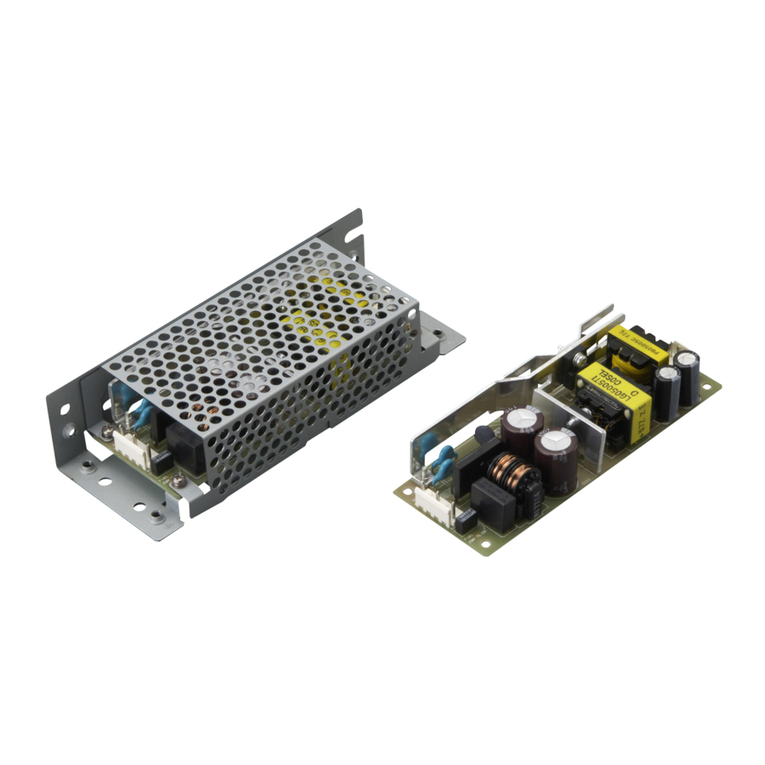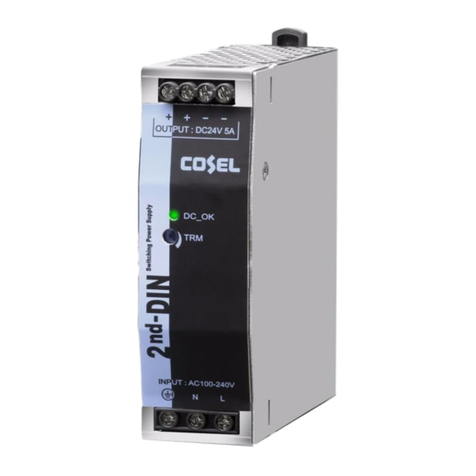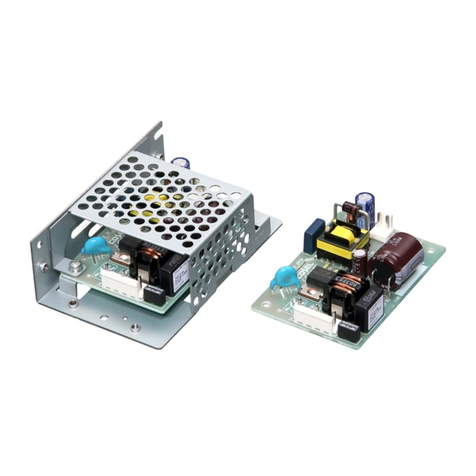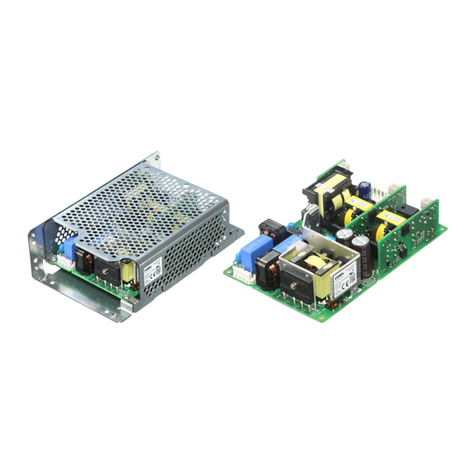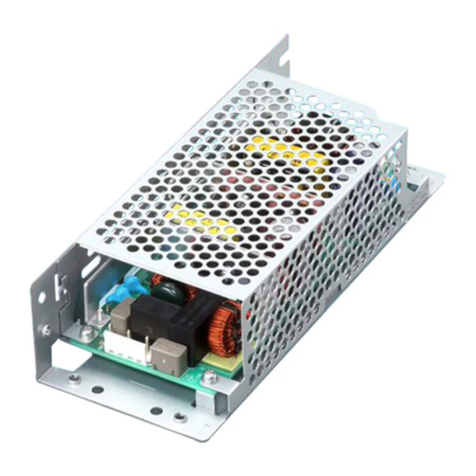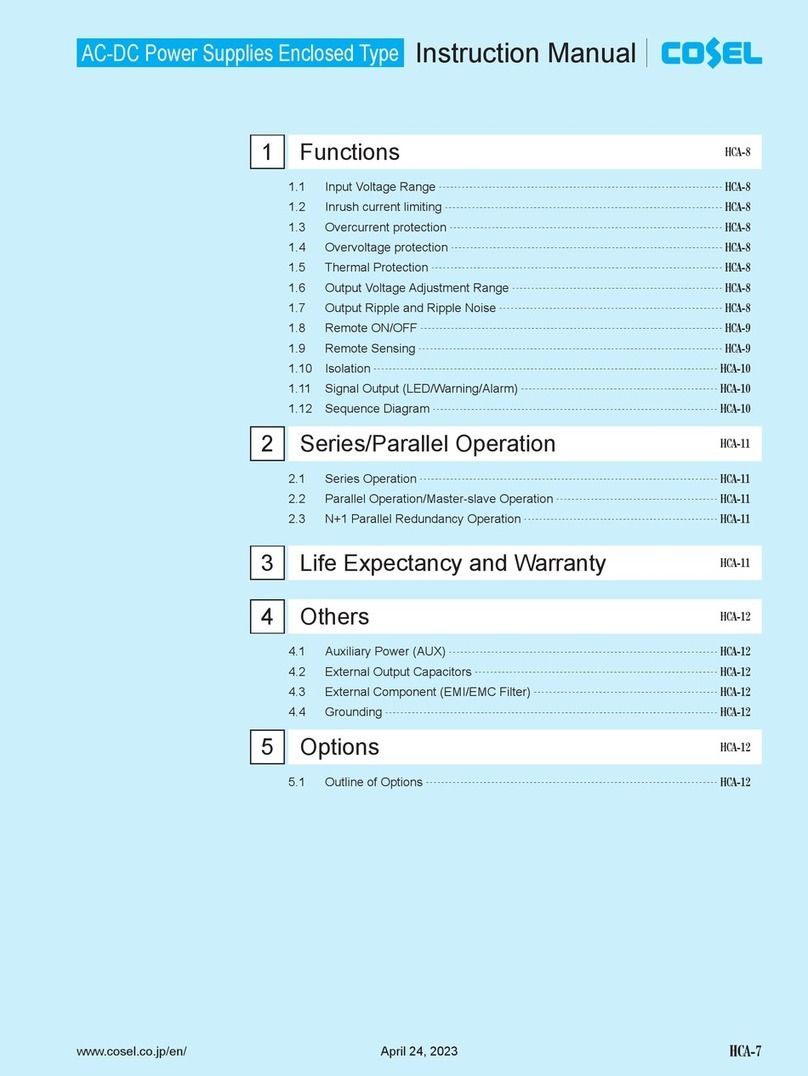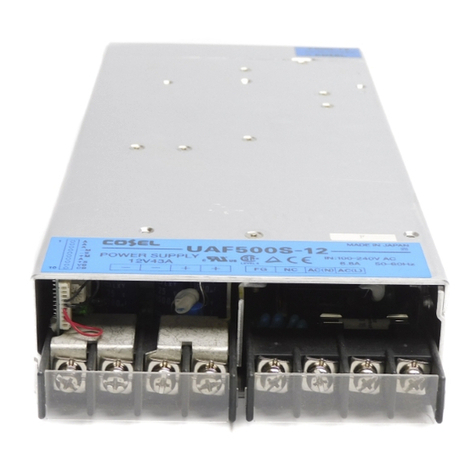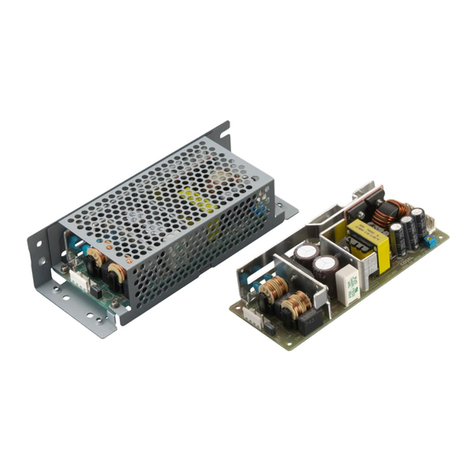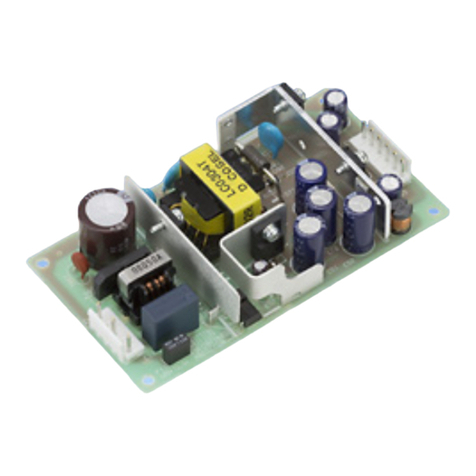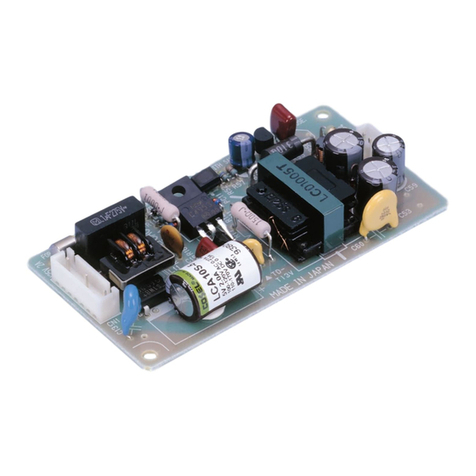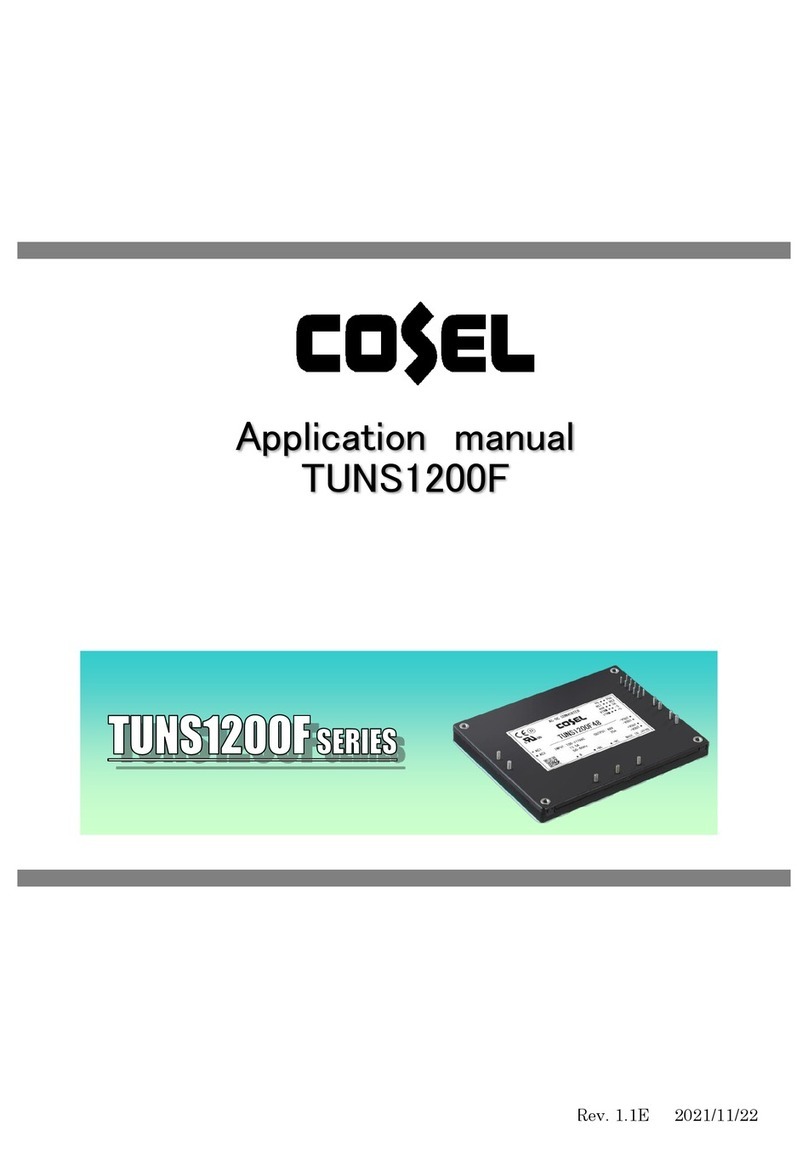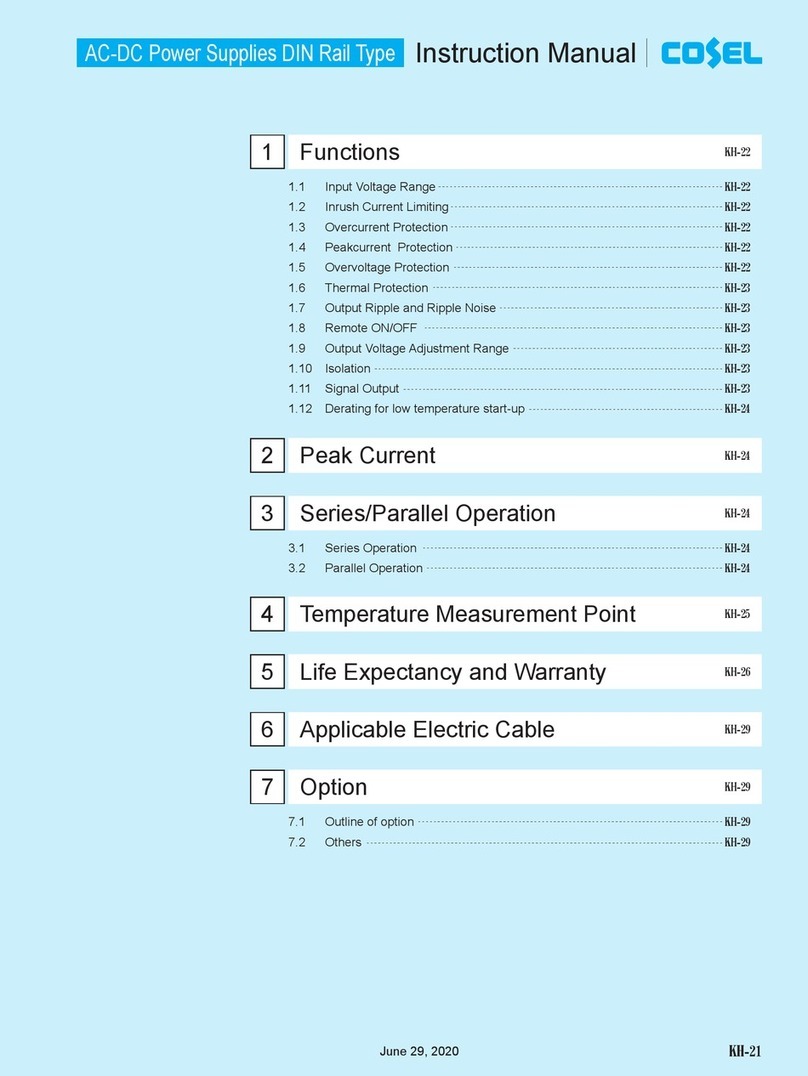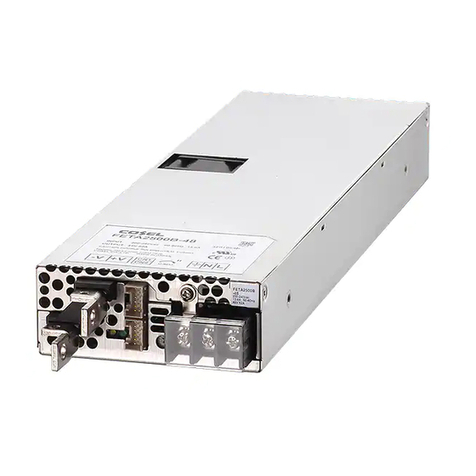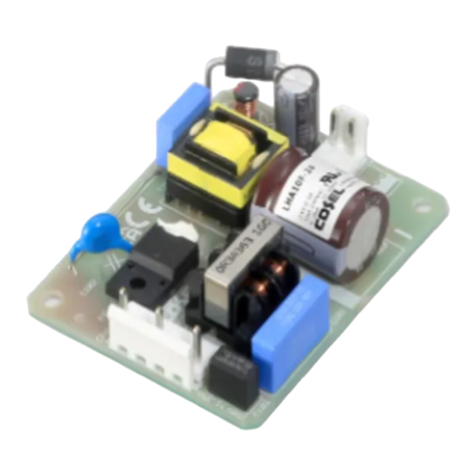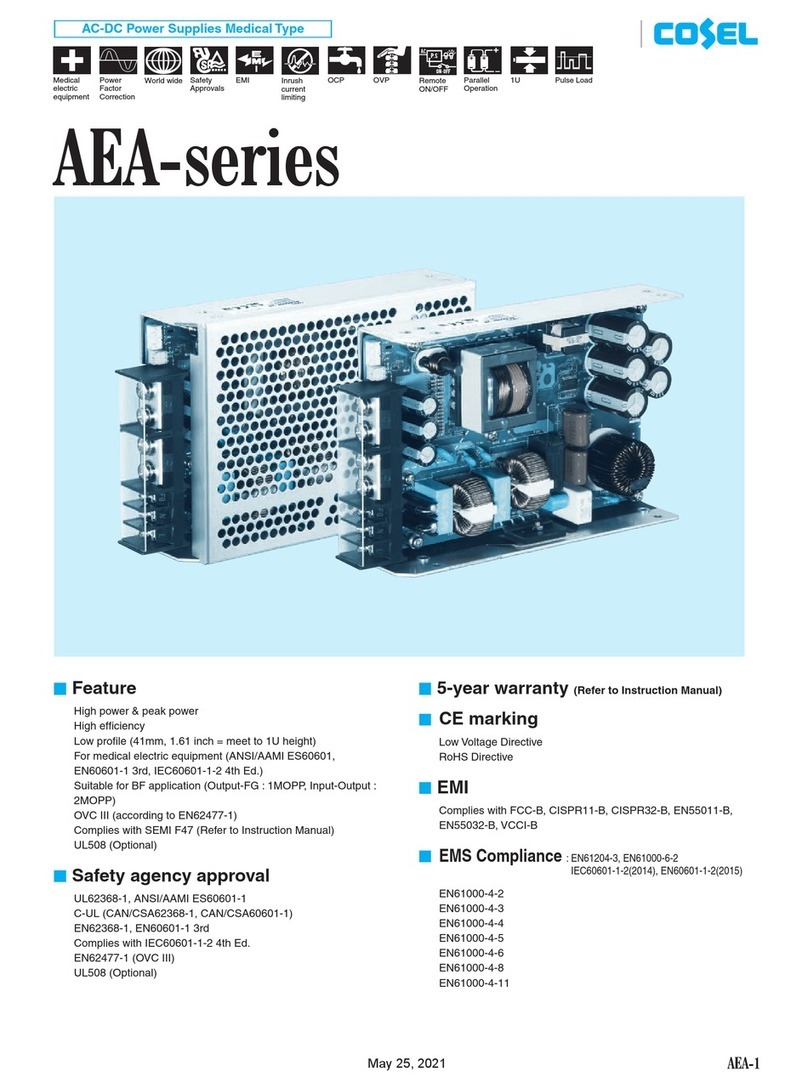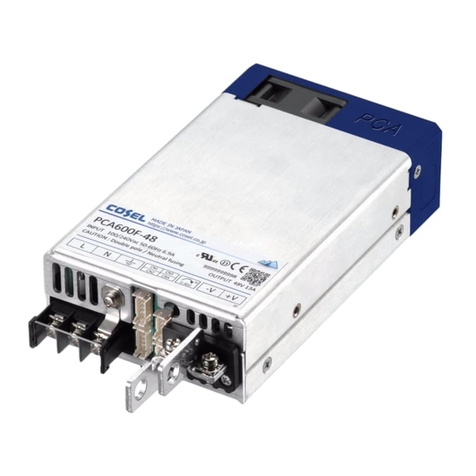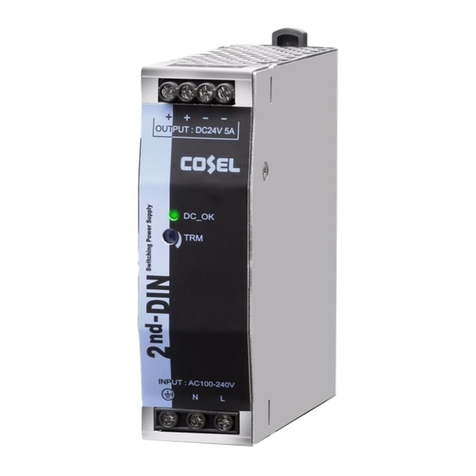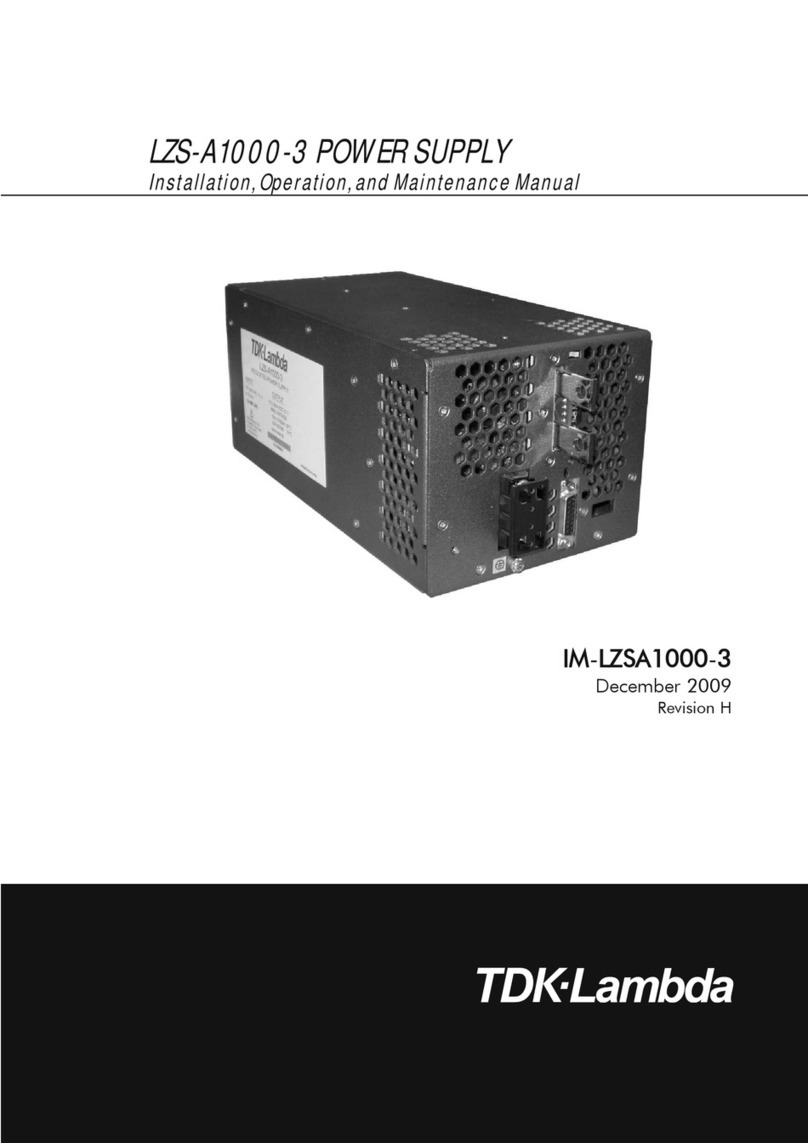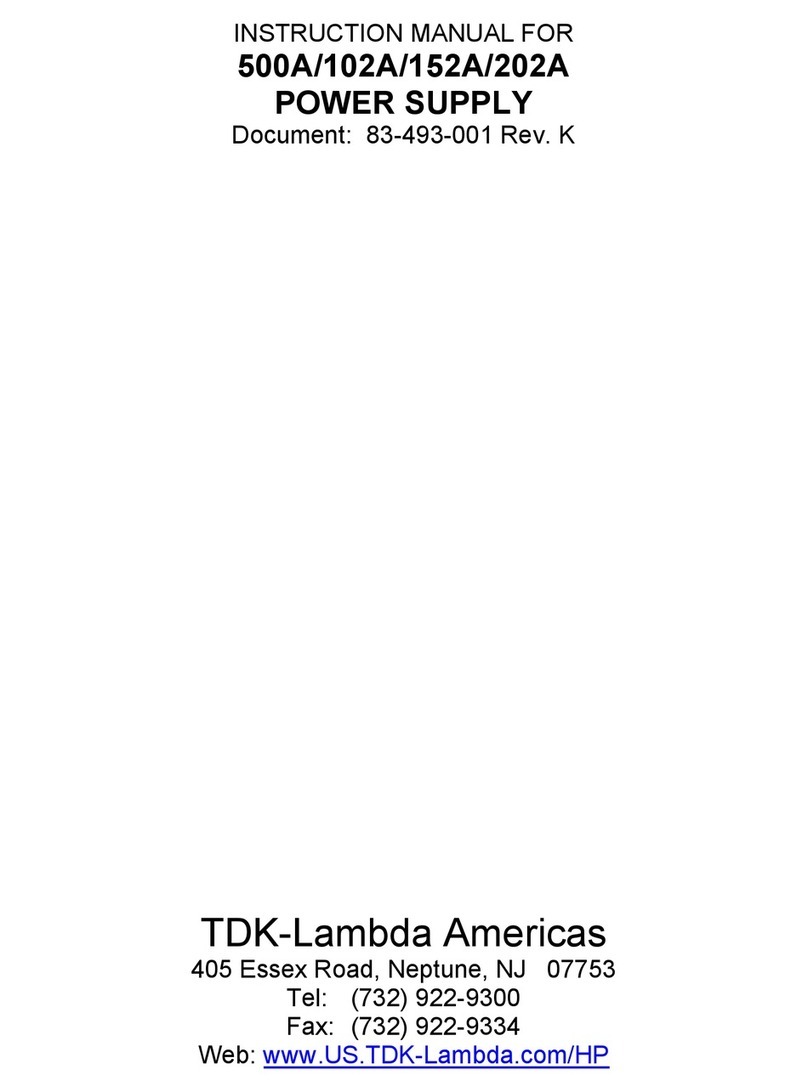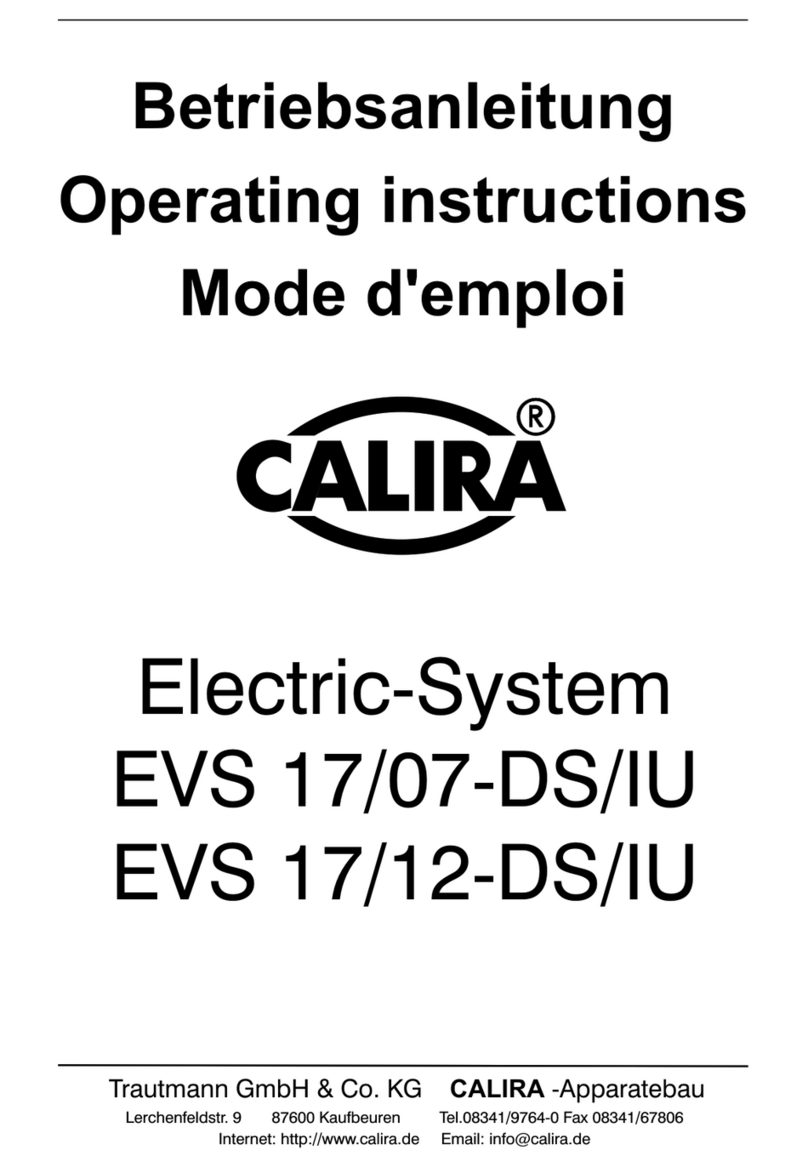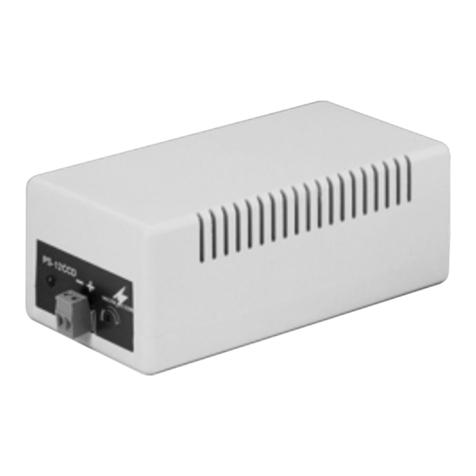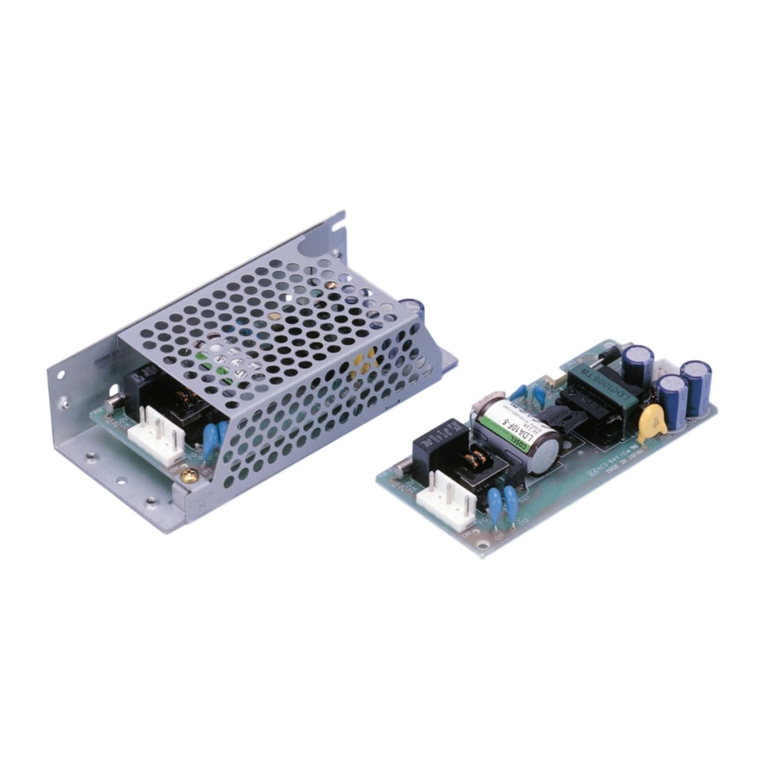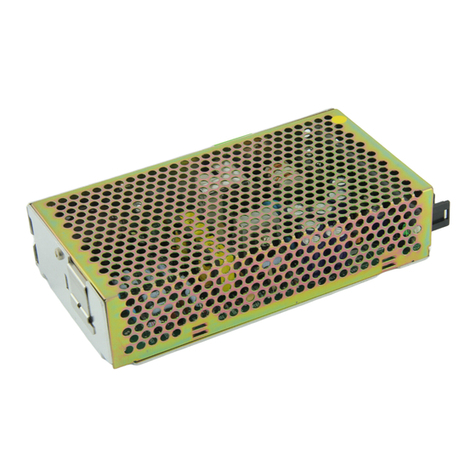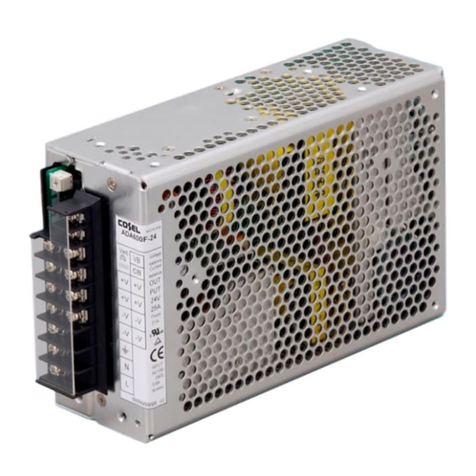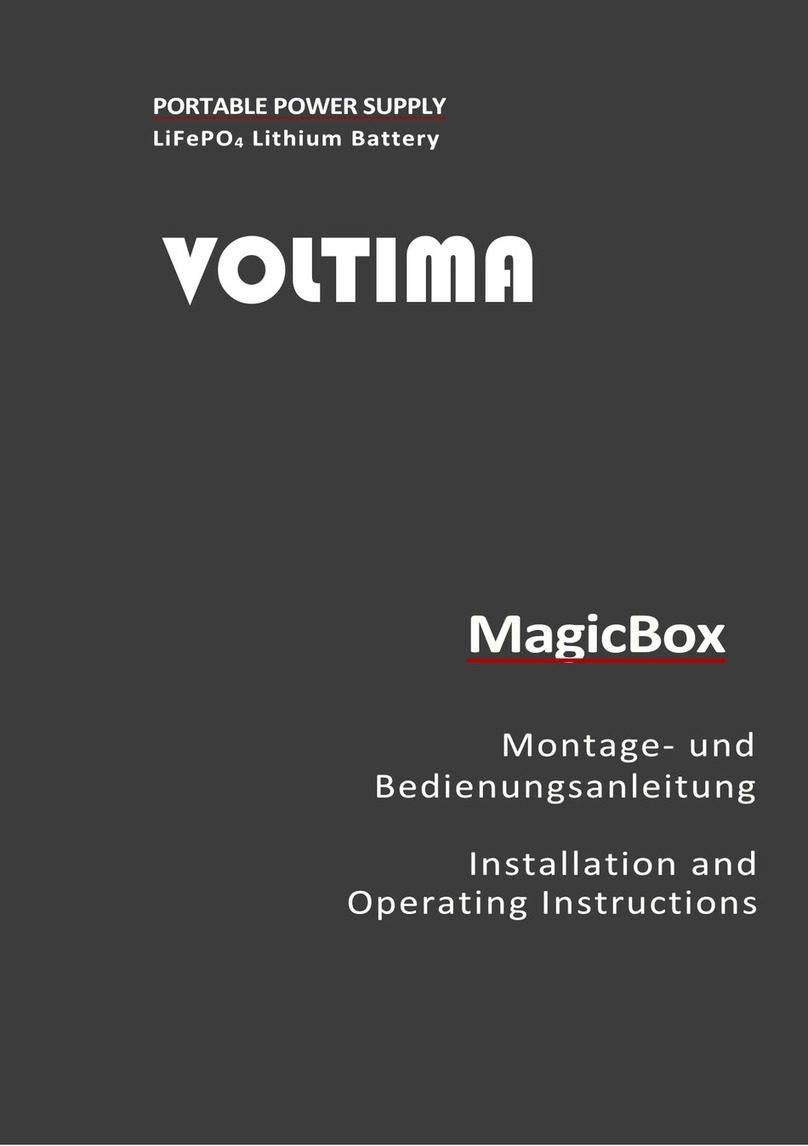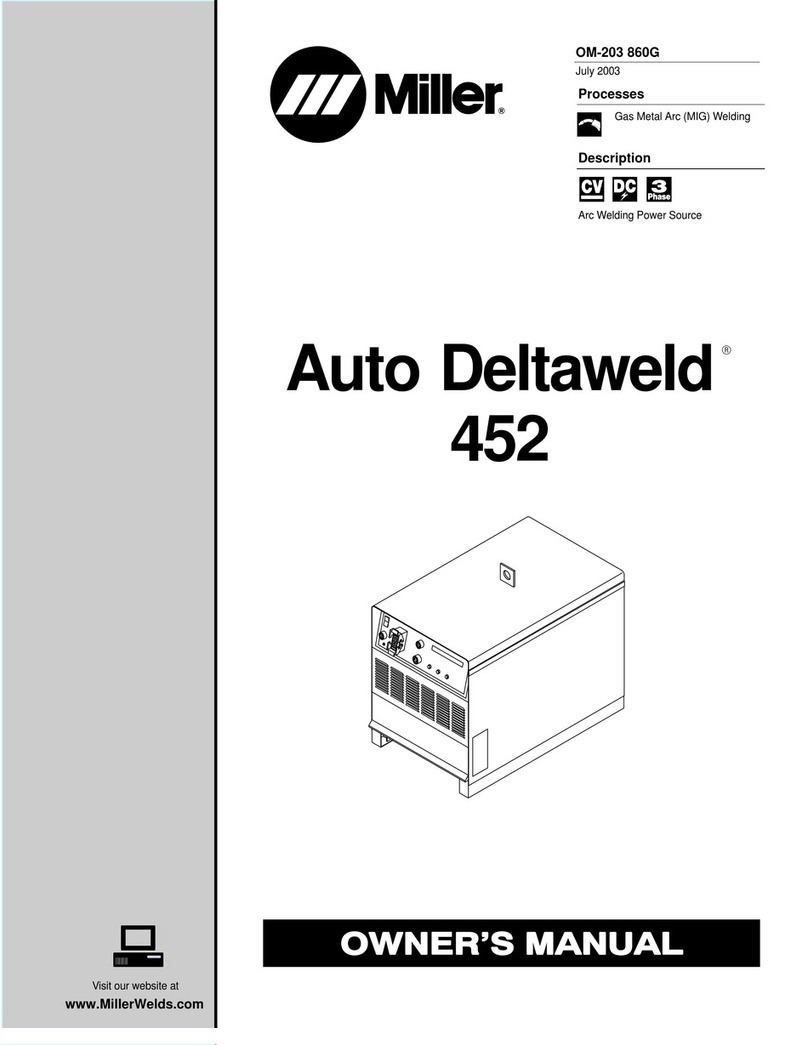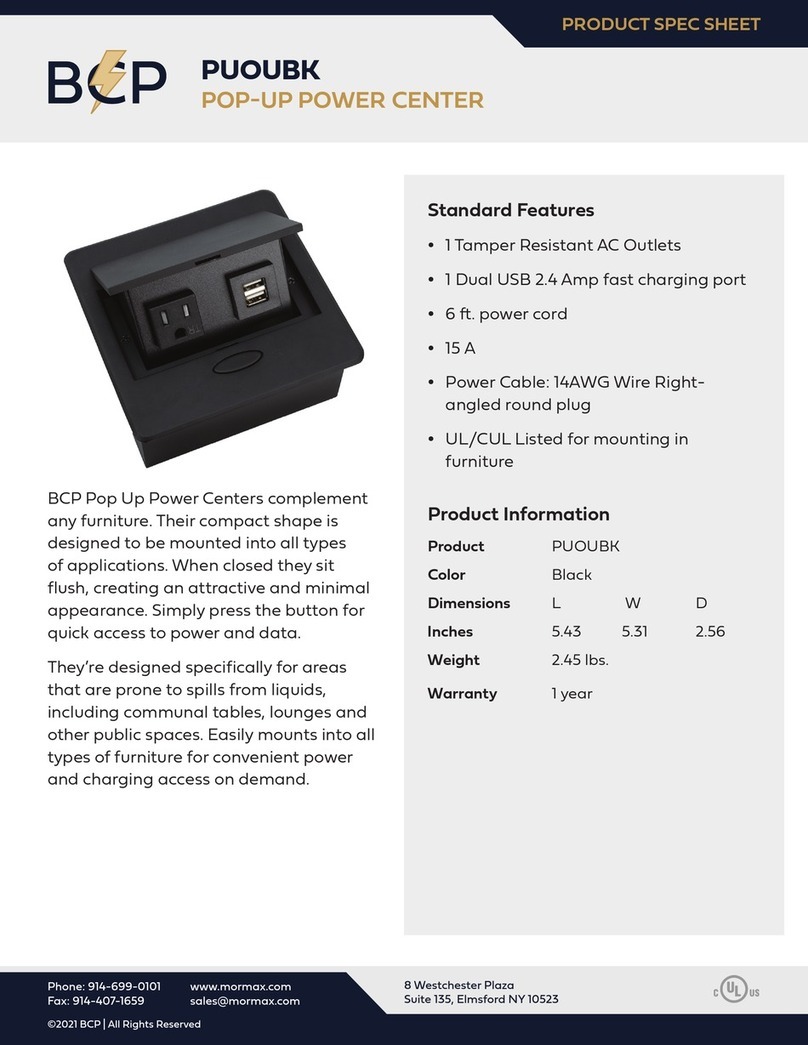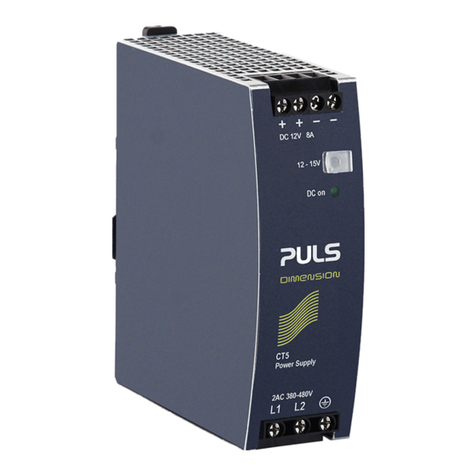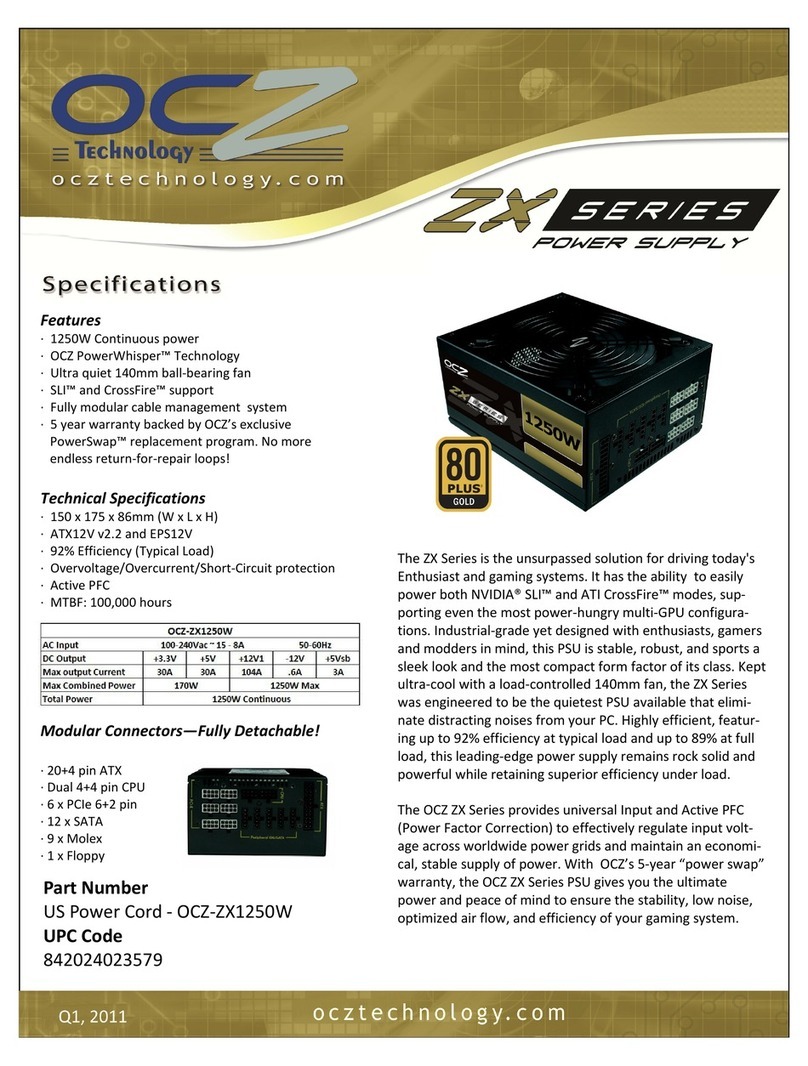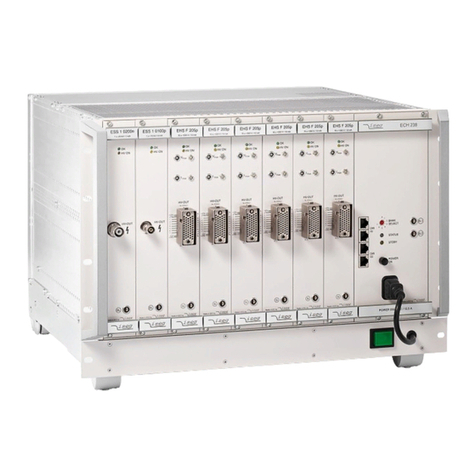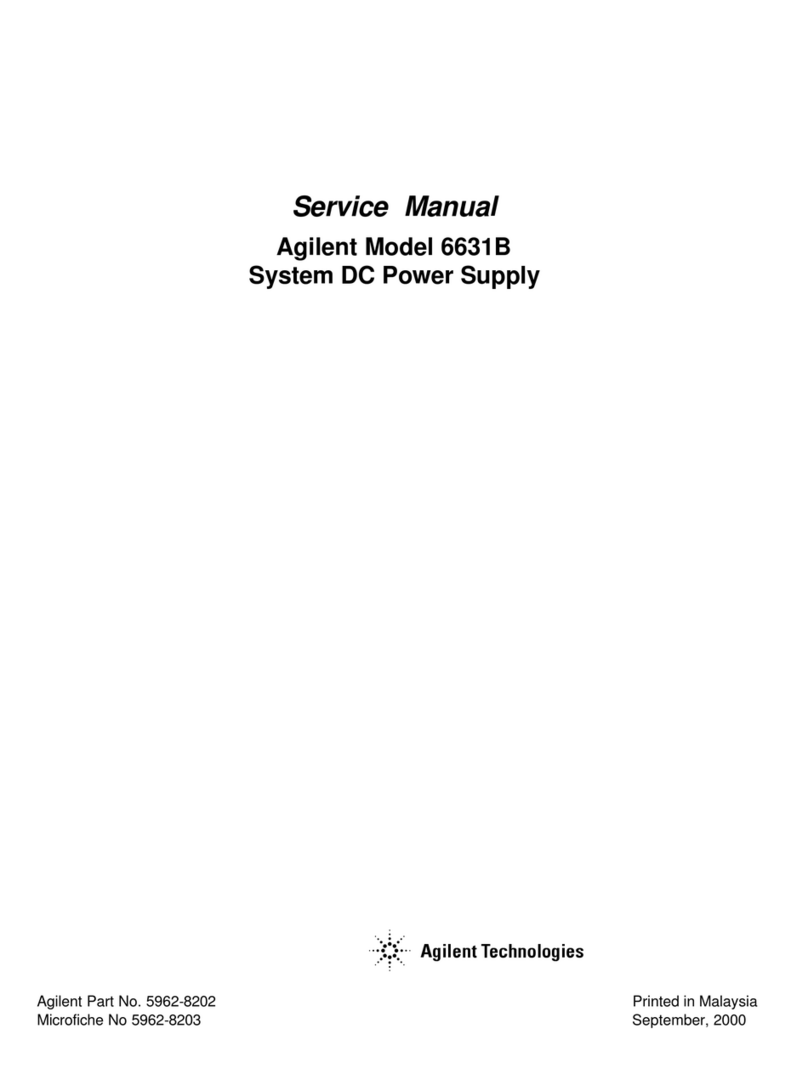
.6 Implementation-
Mounting Method
6.1 Mounting method
¡The unit can be mounted in any direction. When two or more pow-
er supplies are used side by side, position them with proper inter-
vals to allow enough air ventilation. The temperature around each
power supply should not exceed the temperature range shown in
derating curve.
¡Avoid placing the AC input line pattern layout underneath the unit.
It will increase the line conducted noise. Make sure to leave an
ample distance between the line pattern layout and the unit. Also
avoid placing the DC output line pattern underneath the unit be-
cause it may increase the output noise. Lay out the pattern away
from the unit.
¡Avoid placing the signal line pattern layout underneath the unit
because the power supply might become unstable. Lay out the
pattern away from the unit.
6.2 Stress to the pins
¡Applying excessive stress to the input or output pins of the power
module may damage internal connections. Avoid applying stress
in excess of that shown in Fig. 6.1.
¡Input/output pin are soldered to the PCB internally. Do not pull or
bend a lead powerfully.
¡If it is expected that stress is applied to the input/output pin due
to vibration or impact, reduce the stress to the pin by taking such
measures as xing the unit to the PCB by silicone rubber, etc.
Less than
19.6N(2kgf)
Less than
19.6N(2kgf)
Less than
19.6N(2kgf)
Fig. 6.1 Stress to the pins
6.3 Cleaning
¡If you need to clean the unit, please clean it under the following
conditions. Cleaning Method: Varnishing, Ultrasonic or Vapor
Cleaning Cleaning agent: IPA (Solvent type)
Cleaning Time: Within total 2 minutes for varnishing, ultrasonic
and vapor cleaning
¡Please dry the unit sufciently after cleaning.
¡If you do ultrasonic cleaning, please keep the ultrasonic output at
15W/ or below.
6.4 Soldering
¡Flow soldering: 260Cfor up to 15 seconds.
¡Soldering iron (26W): 450Cfor up to 5 seconds.
5.3 Various connection methods
¡Using one smoothing capacitor, up to two TUHS can be operated.
Shown an example in Fig.5.3.
¡Total output wattage must be less than the maximum wattage of
TUHS which AC is supplied.
¡When connect different wattage of TUHS, please input AC into the
power supply which the wattage is higher.
¡When smoothing capacitor is commonly used, noise may become
big because of the length of the power line. The noise can be
attenuate by connecting Line Filter between TUHS and R1.
¡Avoid connecting AC input and DC input at the same time because
it may damage the TUHS or an equipment(Fig.5.4).
+Vout
+BC
AC1
AC2
-BC
-
Vout
F1 R1
Load
+
Cbc
+Vout
+BC
AC1
AC2
-
BC
-
Vout
F1 D1
Load
+
Cbc
+Vout
+BC
AC1
AC2
-
BC
-
Vout
Load
+Vout
+BC
AC1
AC2
-
BC
-
Vout
Load
SK1
C1(TUHS25)
(a) AC input , Cbc common (b) DC input , Cbc common
Fig.5.3 TUHS connect method
SK1
+Vout
+BC
AC1
AC2
-
BC
-
Vout
F1 R1
Load
+
Cbc
Fig.5.4 TUHS Connection prohibition
5.4 Long hold-up time connection
¡It is possible that setting the hold-up time of the power supply for a
long time by connecting like Fig.5.5. Please set the charge current
of the CL to become less than 1A. Please use the diode which
reverse voltage is 600V or more.Please contact us for detail.
F1 R1 +Vout
+BC
AC1
AC2
-
BC
-
Vout
DL
RL
Load
+
Cbc
CL
SK1
C1(TUHS25)
+
Fig.5.5 Long hold-up time connection
AC-DC Power Supplies PCB Mount Type
Instruction Manual
TUHS-18
